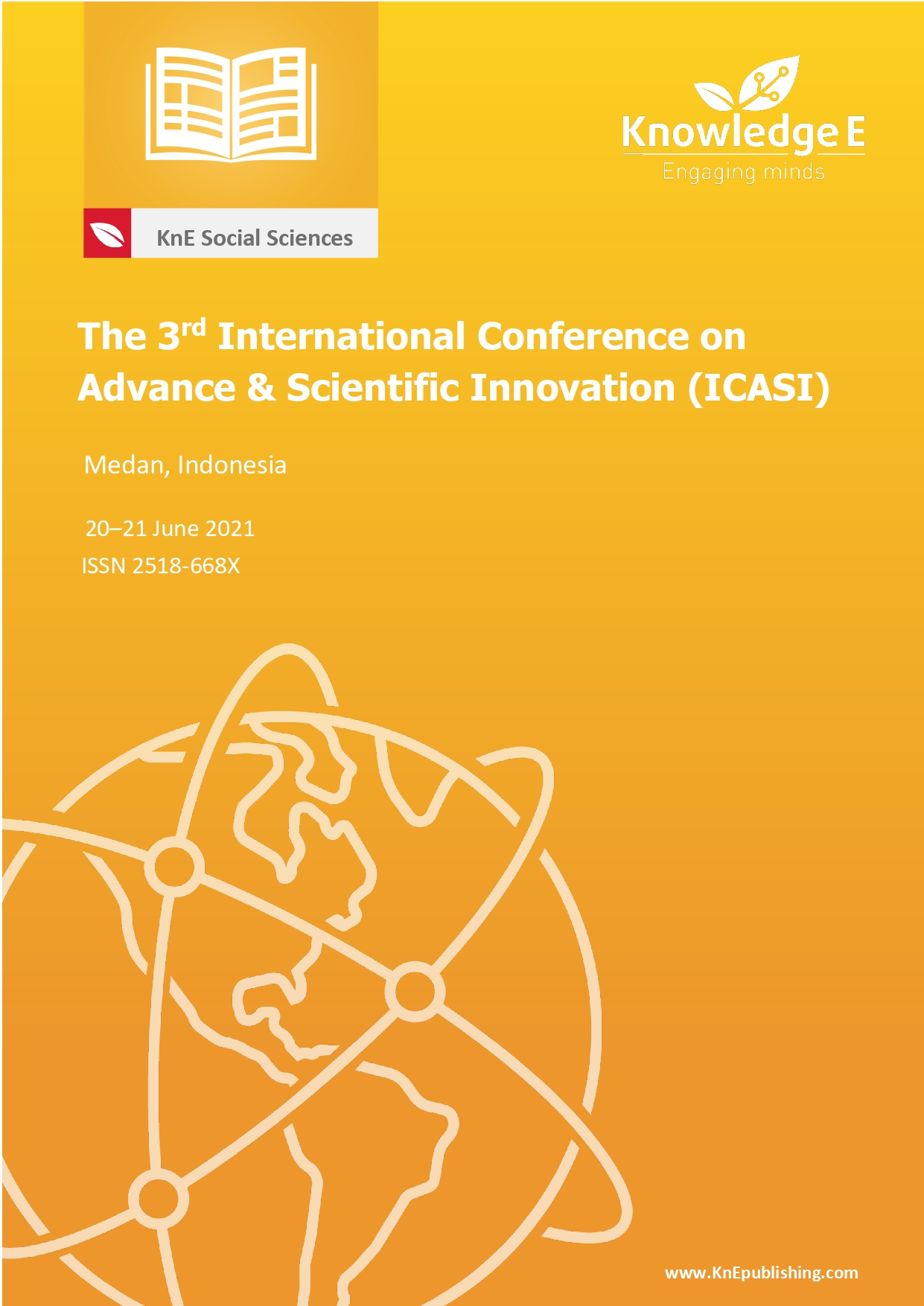Utilization of the MOOC IndonesiaX Application as an Online Learning Media
Abstract
The challenge faced by educators in this contemporary era is finding suitable and effective ways to incorporate technology into classroom teaching. The purpose of this article is to offer an online learning approach using IndonesiaX learning media. This study uses a descriptive qualitative approach, with data analysis based on observations and recording of previously published articles. Findings and data from field studies in the information technology study program have been presented qualitatively. According to this study, the MOOC IndonesiaX application can be used as a media and online-based learning tool. The results of this study can be verified by looking at the learning conditions when using the Indonesia program, which can produce an engaging, entertaining, and relaxed atmosphere of social discussion between the two classrooms. Indonesia can be a practical and alternative choice in online lectures because the results of this study have practical benefits that educators and students in sharing information also feel.
Keywords: MOOC; IndonesiaX; Multimedia; Online Learning
References
[2] Hegarty M. Multimedia Learning About Physical Systems. In: The Cambridge Handbook of Multimedia Learning. Cambridge University Press; 2012. p. 447–66.
[3] Im T, Kang M. Structural relationships of factors which impact on learner achievement in online learning environment. Int Rev Res Open Distance Learn. 2019;20(1).
[4] Adriyanto AR, Santosa I, Syarief A, Irfansyah. Design and multimedia learning principles on mooc indonesiax. Cakrawala Pendidik. 2021;40(1):92–106.
[5] Stav JB, Bergh R. Digital classrooms facilitating vocational workplace learning in industry. MCCSIS’08 - IADIS Multi Conf Comput Sci Inf Syst Proc e-Learning 2008. 2008;2:119–22.
[6] Postlethwaite D, Wallace MW, Zboray DA, ... Learning management system for a real-time simulated virtual reality welding training environment. US Pat App 14 …. 2015;1(19).
[7] Díaz-Lázaro JJ, Solano Fernández IM, Vera M del MS. Social learning analytics in higher education. An experience at the primary education stage. J New Approaches Educ Res. 2017;6(2):119–26.
[8] Queirós A, Faria D, Almeida F. Strengths and Limitations of Qualitative and Quantitative Research Methods. Eur J Educ Stud. 2017;3(9).
[9] Advanced Learning. Advanced Learning. 2012.
[10] Iwantoro. Kompetensi Guru Pendidikan Agama Islam Dalam Pembelajaran Di Era Digital. Islam Educ. 2017;II(2):139–52.
[11] Tretinjak MF, Andelic V. Digital Competences for Teachers: Classroom Practice. In: 2016 39th International Convention on Information and Communication Technology, Electronics and Microelectronics, MIPRO 2016 - Proceedings. 2016. p. 807–11.
[12] O’Byrne WI, Pytash KE. Hybrid and Blended Learning. J Adolesc Adult Lit. 2015;59(2).
[13] Hoi SCH, Sahoo D, Lu J, Zhao P. Online learning: A comprehensive survey. Neurocomputing. 2021;459.
[14] Wei HC, Chou C. Online learning performance and satisfaction: do perceptions and readiness matter? Distance Educ. 2020;41(1).
[15] Chung E, Subramaniam G, Dass LC. Online learning readiness among university students in Malaysia amidst Covid-19. Asian J Univ Educ. 2020 Jul;16(2):45–58.
[16] Dong C, Cao S, Li H. Young children’s online learning during COVID-19 pandemic: Chinese parents’ beliefs and attitudes. Child Youth Serv Rev. 2020;118(8):105440.

